

Paraguay
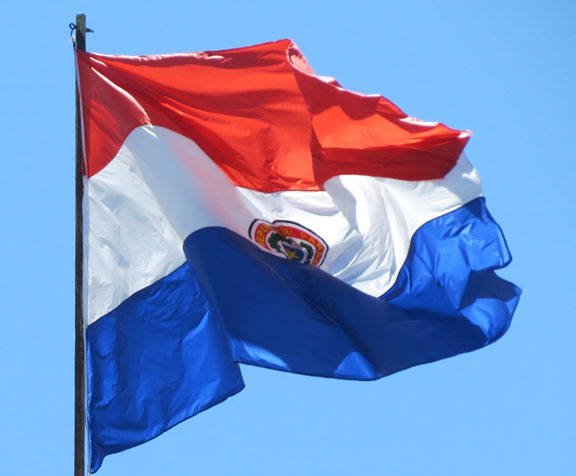
the flag
Paraguay, officially the Republic of Paraguay (Spanish: República del Paraguay), is a landlocked country in South America. It is bordered by Argentina to the south and southwest, Brazil to the east and northeast, and Bolivia to the northwest. Paraguay lies on both banks of the Paraguay River, which runs through the center of the country from north to south. Due to its central location in South America, it is sometimes referred to as Corazón de América, or the Heart of America.

The Guaraní have been living in Paraguay since prior to the arrival of Europeans
in the 16th century, when Paraguay became part of the Spanish colonial empire.
Paraguay gained independence from Spain in 1811.

Independence House
The Casa de la Independencia Museum is located in the oldest building in Asuncion. Built in 1772, the house was constructed of palm wood and bamboo and features adobe walls and a thatched roof. Although the house was used as a residence, it was the center of one of the most important events in Paraguay’s history. It was in this humble home that the emancipation from Spain was planned in secret meetings. On May 14, 1811, a group of brave patriots left the house at dawn and surrounded the house of the Spanish governor. They demanded that he relinquish control over the nation, the surrender was carried out without any bloodshed.

In 2010, Paraguay experienced the largest economic expansion in Latin America
and the second fastest in the world, only after Qatar.
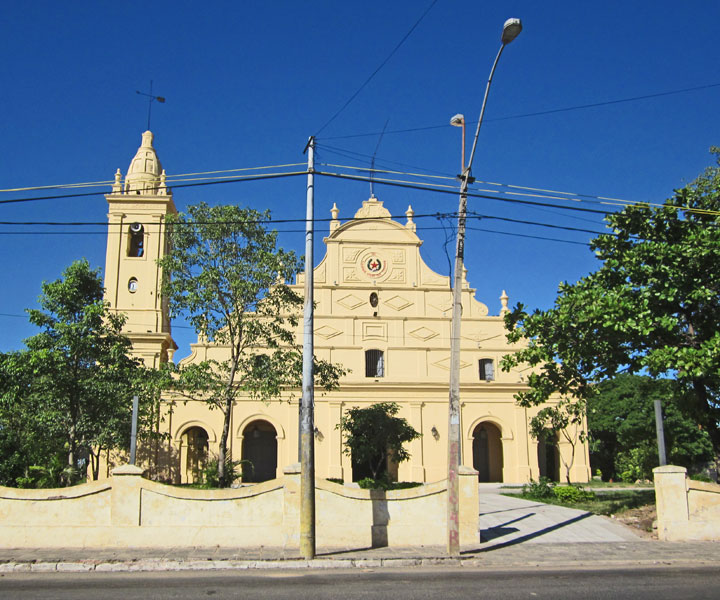
The name of the river, Paraguay, is thought to come from Guaraní para, "of many varieties", and gua, "riverine".
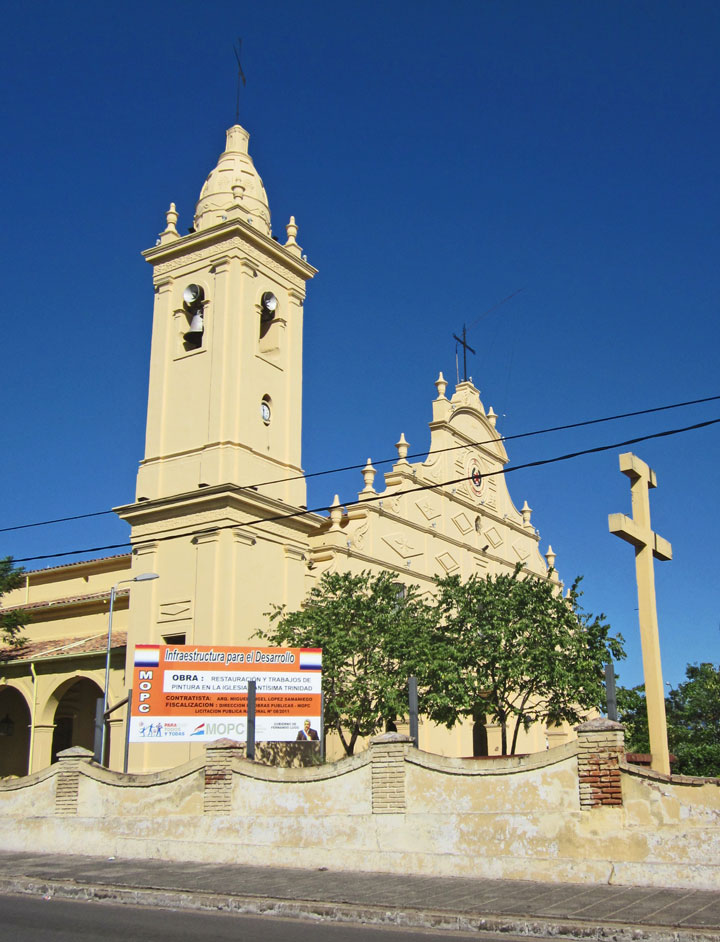
There is no conclusive explanation for the origin of the name Paraguay.
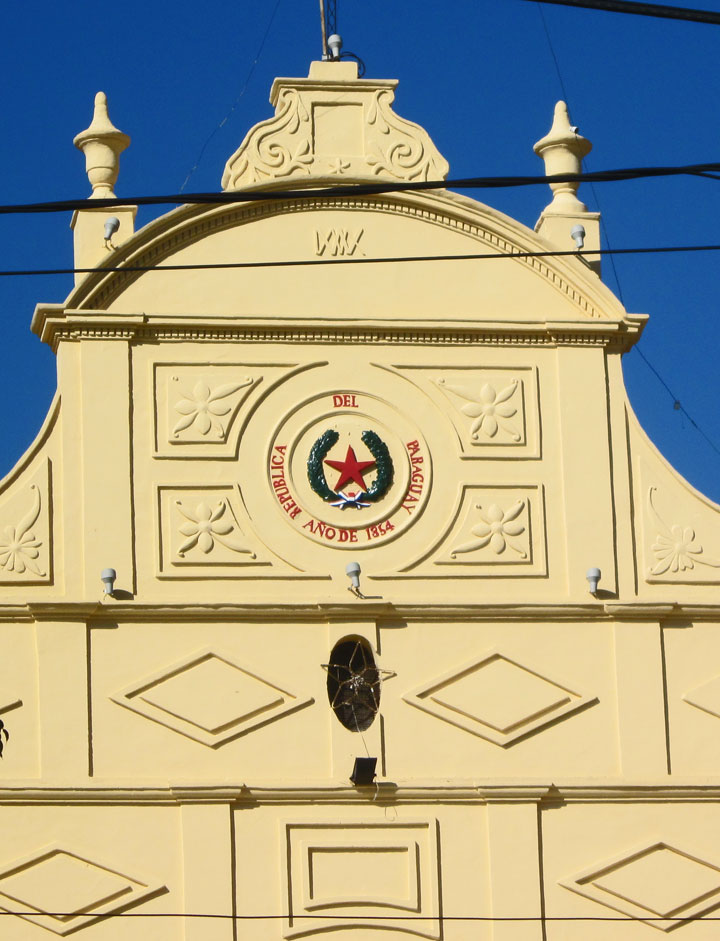
The Spanish officer and scientist Félix de Azara suggests two versions: water
from the Payaguas (Payaguá-and Payagua-i), referring to natural Payaguas living
on the coasts of the river, and the other was due to the name of a great chief
called "Paraguaio."
The French-Argentine historian and writer Paul Groussac argued that it meant
"river that flows through the sea (Pantanal)."
The ex-president and Paraguayan politician, Juan Natalicio Gonzalez said it
meant "river of the habitants of the sea."
Fray Antonio Ruiz de Montoya said that it meant "river crowned."
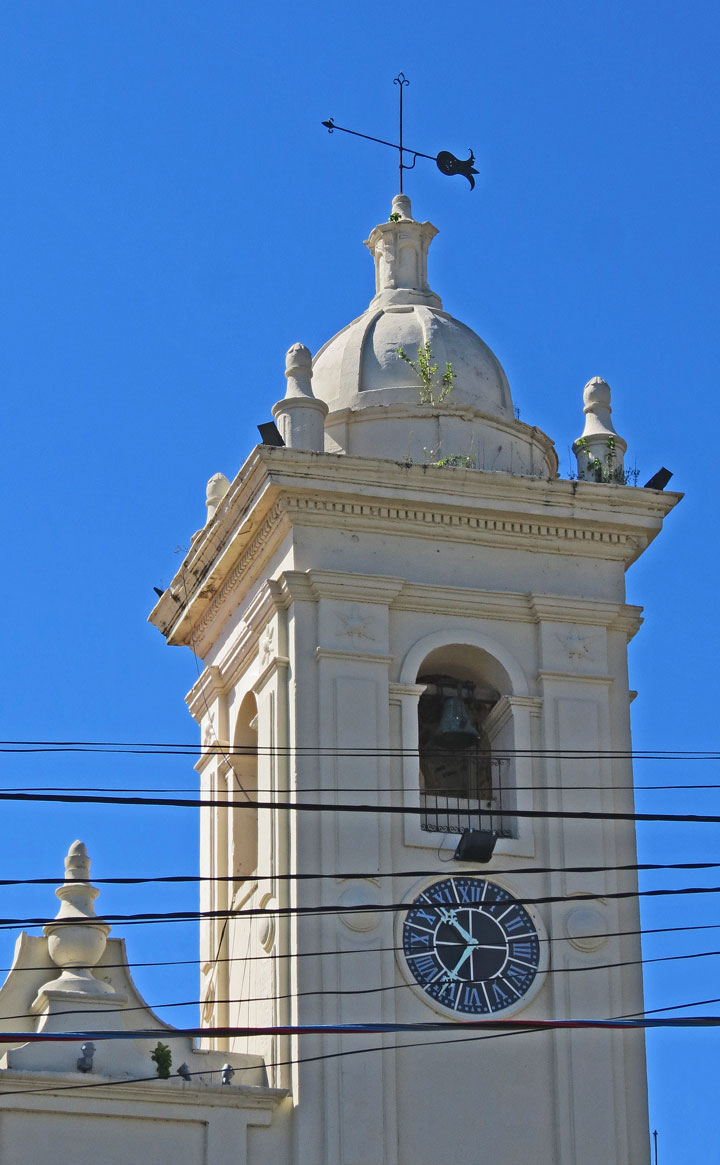
Paraguay is divided by the Río Paraguay into the eastern region, called Eastern
Paraguay (Paraguay Oriental) and known as the Paraná region; and the western
region, officially called Western Paraguay (Paraguay Occidental) and also known
as the Chaco. The country lies between latitudes 19° and 28°S, and longitudes
54° and 63°W. The terrain consists of grassy plains and wooded hills in the
east. To the west, there are mostly low, marshy plains.
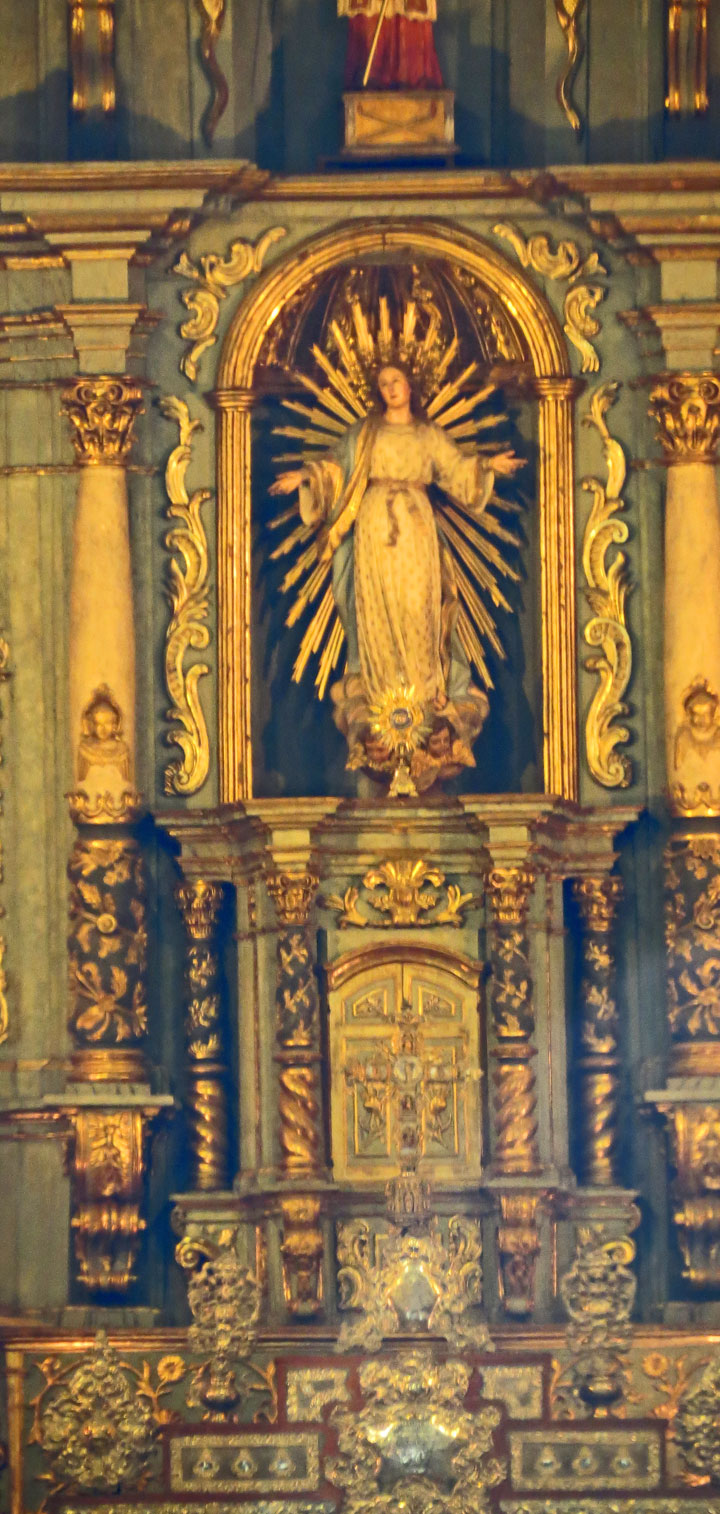
The local climate ranges from subtropical to temperate, with substantial
rainfall in the eastern portions, though becoming semi-arid in the far west.
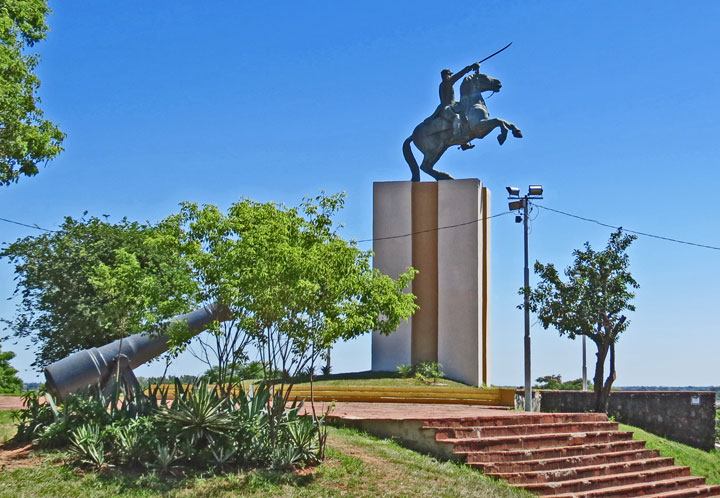
Pre-Columbian society in the wooded, fertile region which is now Paraguay
consisted of seminomadic tribes, who were recognized for their fierce warrior
traditions. These indigenous tribes were members of five distinct language
families, and 17 separate ethnolinguistic groups remain today.
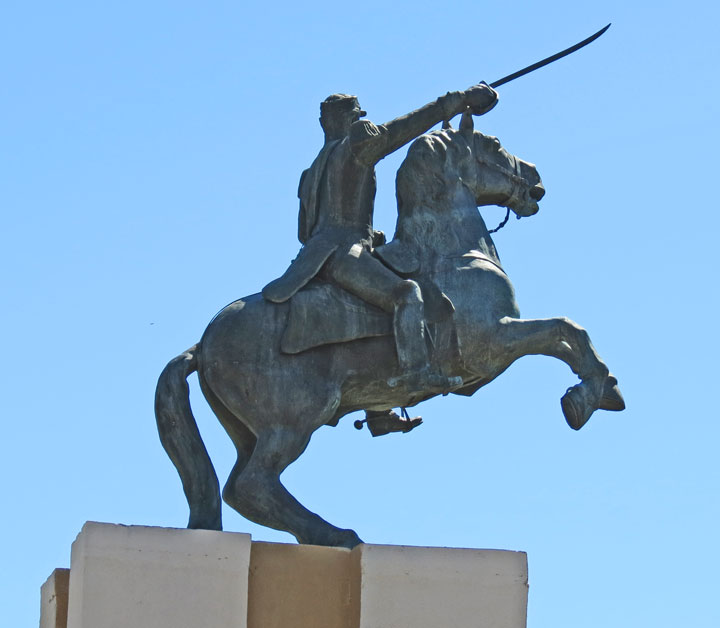
Europeans first arrived in the area in the early sixteenth century, and the
settlement of Asunción was founded on August 15, 1537, by the Spanish explorer
Juan de Salazar de Espinosa. The city eventually became the center of a Spanish
colonial province, as well as the primary site of the Jesuit missions and
settlements in South America in the eighteenth century. Jesuit Reductions were
founded, and flourished in eastern Paraguay for about 150 years, until the
expulsion of the Jesuits by the Spanish crown in 1767. Paraguay overthrew the
local Spanish administration on May 15, 1811. Paraguay's first ruler was the
dictator Jose Gaspar Rodriguez de Francia. He ruled Paraguay from 1814, until
his death in 1840, with very little outside contact or influence, creating a
utopian society based on Rousseau's Social Contract. After his death, Paraguay
went through the very brief ownership of various military officers under a new
junta, until the secretary Carlos Antonio Lopez, Francia's nephew, declared
himself dictator. Lopez modernized Paraguay, and opened it up to foreign
commerce. The relationship with Buenos Aires was limited to a non-aggression
pact; Paraguayan independence from Argentina was declared in 1842. After Lopez's
death, power was transferred to his eldest son, Francisco Solano Lopez in 1862.
Lopez's expansionist aims lead to the War of the Triple Alliance in 1864.
Paraguay fought against Brazil, Argentina and Uruguay, and was defeated in 1870
after five years of the bloodiest war in South America. According to William D.
Rubinstein, "The normal estimate is that of a Paraguayan population of somewhere
between 450,000 and 900,000, only 220,000 survived the war, of whom only 28,000
were adult males." Paraguay also suffered extensive territorial losses to Brazil
and Argentina.
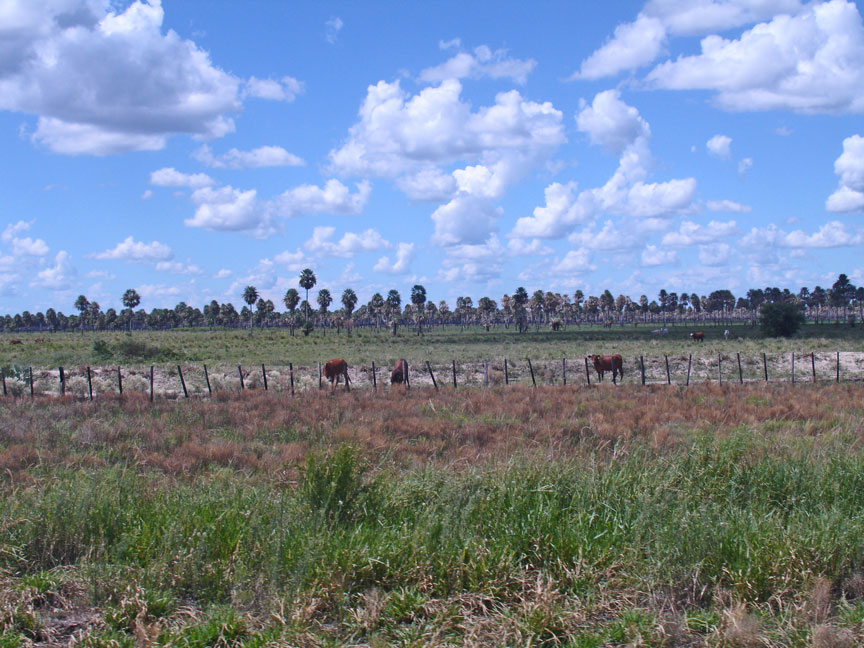
the Chaco
The Chaco War was fought with Bolivia in the 1930s, and Bolivia was defeated. Paraguay re-established sovereignty over the region called the Chaco, but forfeited additional territorial gains as a price of peace.
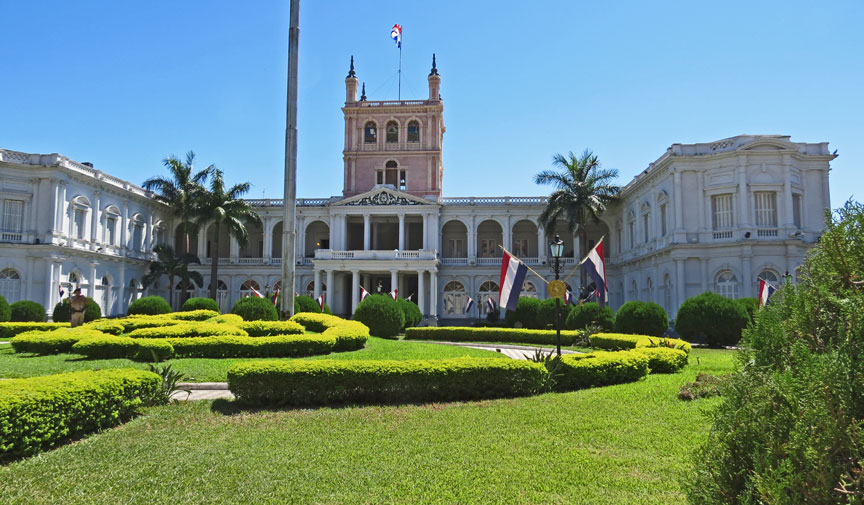
Paraguay’s Government Palace Palacio de los Lopez
Palacio de los Lopez, One of the most beautiful buildings in the city of
Asuncion is the government palace. The construction of the Palacio de los Lopez
began in 1857 as the residence for General Francisco Solano Lopez. But, the
construction stopped with the outbreak of the War of the Triple Alliance and the
palace wasn’t completed until 1892.
The official narrative of Paraguay's history is fraught with disputes among
historians, educators and politicians. The "authentic" version of historical
events, wars in particular, varies depending on whether it was written in
Paraguay, Argentina, Uruguay, Brazil, Bolivia, Europe, or North America.
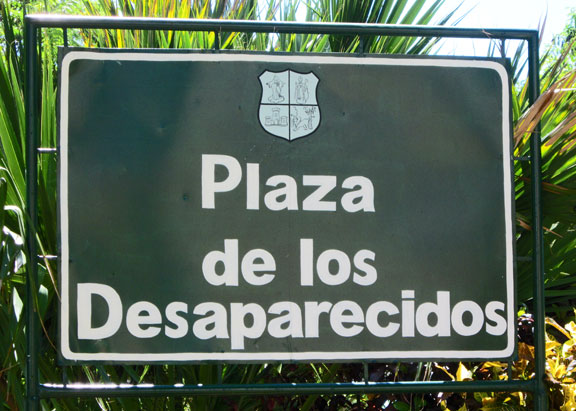
Both the Colorado Party and Liberal Party maintain distinct official versions of
Paraguayan history. During the pillaging of Asuncion (Saqueo de Asunción) in
1869, the Brazilian Imperial Army ransacked and relocated the Paraguayan
National Archives to Rio de Janeiro where they have been kept in secrecy, making
Paraguayan history in the Colonial and early National periods difficult to
study.

Between 1904 and 1954, Paraguay had thirty-one presidents, most of whom were
removed from office by force.
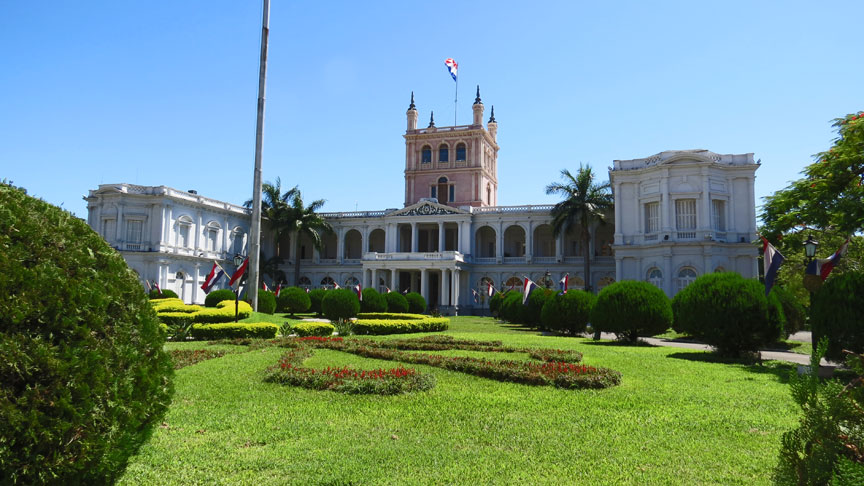
From 1954 to 1989, the country was ruled by Alfredo Stroessner and the Colorado
party. The dictator oversaw an era of economic expansion, but at the cost of a
poor human rights and environmental record. Torture and death for political
opponents was routine. After his overthrow, the Colorado continued to dominate
national politics until 2008.

Leftist former bishop Fernando Lugo achieved a historic victory in Paraguay's
presidential election of April 2008, defeating the ruling party candidate, and
ending 61 years of conservative rule. Lugo won with nearly 41% of the vote,
compared to almost 31% for Blanca Ovelar of the Colorado party.
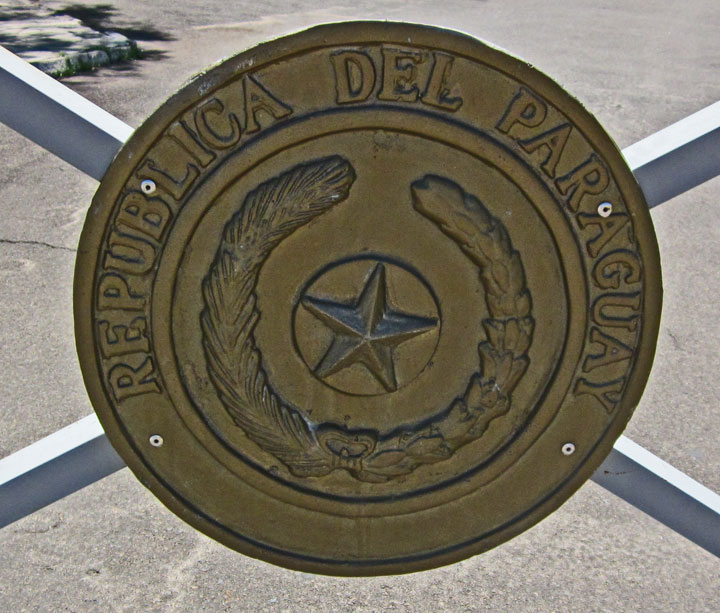
Paraguay is a representative democratic republic, with a multi-party system and
separation of powers in three branches. Executive power is exercised solely by
the President, who is head of state and head of government. Legislative power is
vested in the two chambers of the National Congress. The Judiciary is vested on
Tribunals and Courts of Civil Law and a nine-member Supreme Court of Justice,
all of them independent of the executive and the legislature.
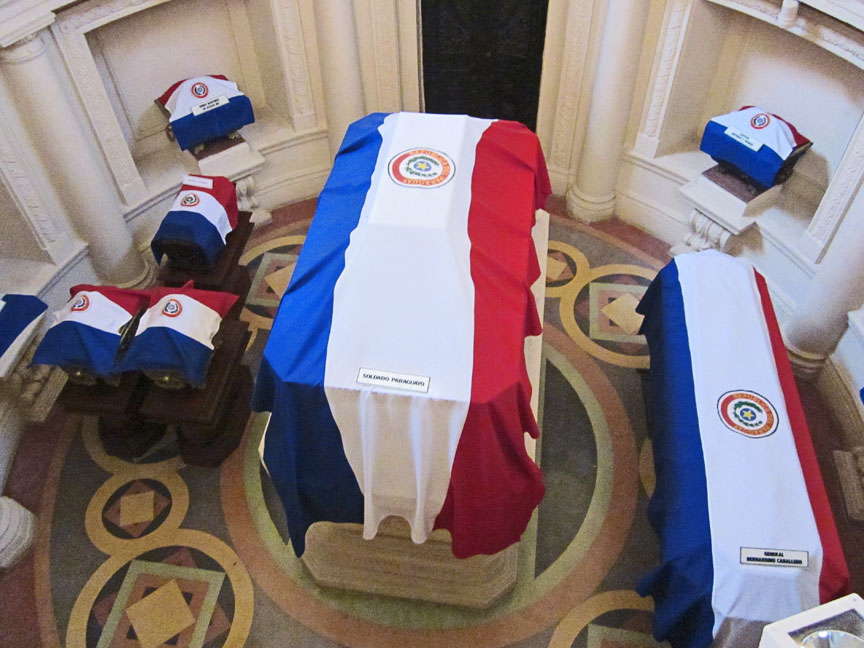
tomb of the unknown soldier
More Photos of the Hall of Honor
Paraguay gained its independence from Spain in 1811, and its first president was Jose Gaspar Rodriguez de Francia, who was originally appointed with Fulgencio Yegros as alternative consul, but in 1814, de Francia was appointed president. He established new laws that more or less completely removed the powers of the church and the cabinet, forbade colonial citizens from marrying one other, being allowed to marry only blacks, mulattoes or natives, and cut off Paraguay from the rest of South America. Because of de Francia's abolition of freedom, and his drive for complete power, Yegros and several other ex-politicians attempted to host a coup-d'etat against him, which failed, and they were imprisoned for life.
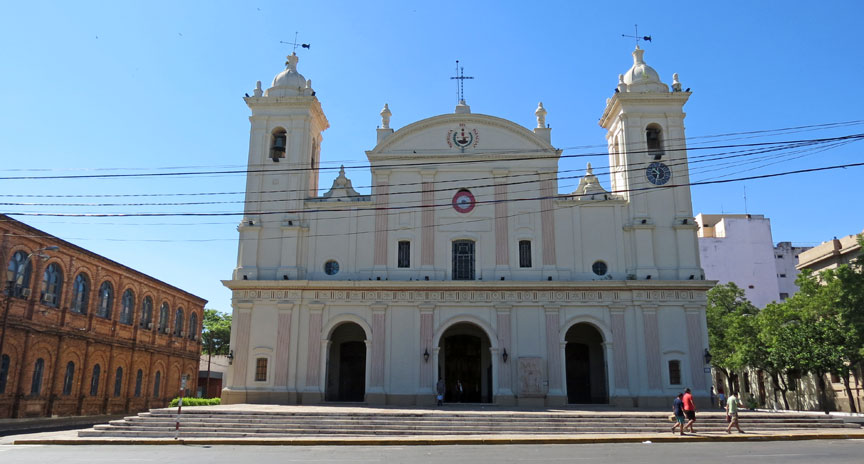
the cathedral
After World War II, politics became particularly unstable, with several political parties fighting for power in the late 1940s, which most notably brought about the Paraguayan civil war of 1947. A series of unstable governments ensued until the establishment, in 1954, of the stable regime of dictator Alfredo Stroessner, who remained in office for more than three decades, until 1989. Paraguay was modernized to some extent under Stroessner's regime, although his rule was marked by extensive abuses.

The splits in the Colorado Party in the 1980s, and the conditions that led to
this — Stroessner's advanced age, the character of the regime, the economic
downturn, and international isolation — provided an opportunity for
demonstrations and statements by the opposition prior to the 1988 general
elections.
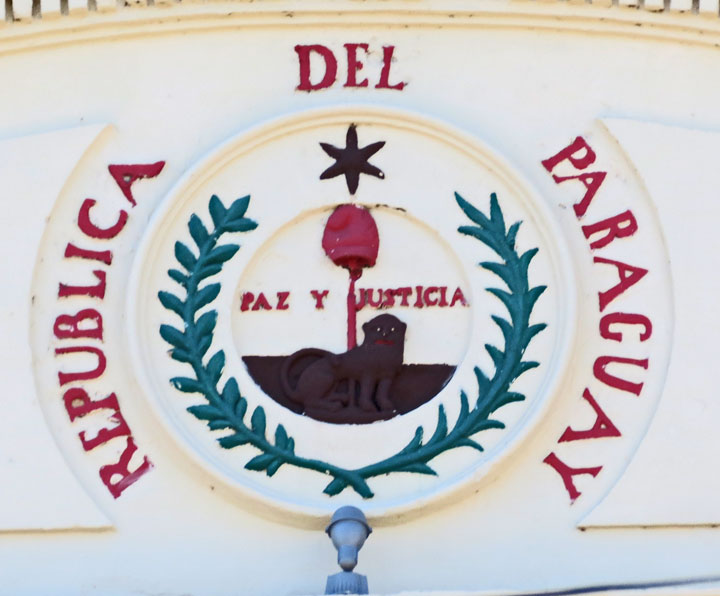
PLRA leader Domingo Laino served as the focal point of the opposition in the second half of the 1980s. The government's effort to isolate Laino by exiling him in 1982 had backfired. On his sixth attempt, in 1986, Laino returned with three television crews from the U.S., a former United States ambassador to Paraguay, and a group of Uruguayan and Argentine congressmen. Despite the international contingent, the police violently barred Laino's return.

Cabildo- Cultural Center
However, the Stroessner regime relented in April 1987, and permitted Laino to arrive in Asunción. Laino took the lead in organizing demonstrations and diminishing somewhat the normal opposition party infighting. The opposition was unable to reach agreement on a common strategy regarding the elections, with some parties advocating abstention, and others calling for blank voting. Nonetheless, the parties did cooperate in holding numerous 'lightning demonstrations' (mítines relámpagos), especially in rural areas. Such demonstrations were held and disbanded quickly before the arrival of the police.
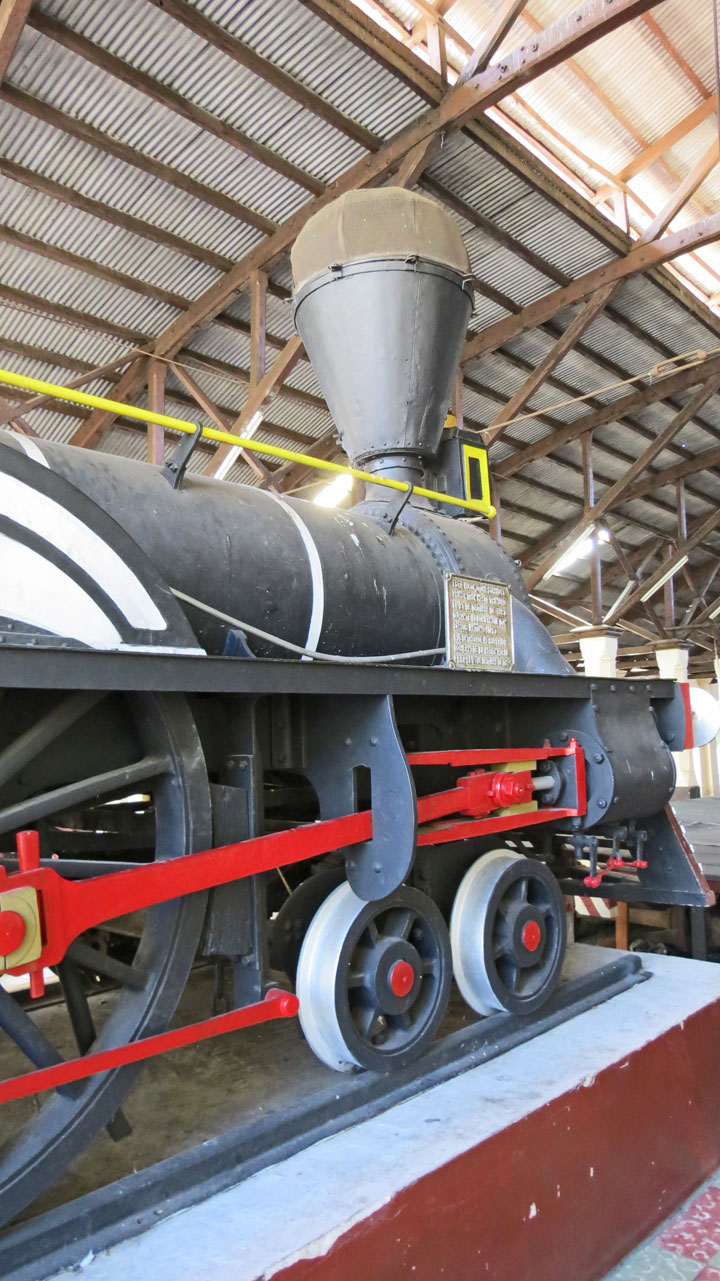
stream driven engine
More Photos from the Railroad Museum

In response to the upsurge in opposition activities, Stroessner condemned the
Accord for advocating "sabotage of the general elections and disrespect of the
law", and used the national police and civilian vigilantes of the Colorado Party
to break up demonstrations. A number of opposition leaders were imprisoned or
otherwise harassed. Hermes Rafael Saguier, another key leader of the PLRA, was
imprisoned for four months in 1987 on charges of sedition. In early February
1988, police arrested 200 people attending a National Coordinating Committee
meeting in Coronel Oviedo. Laino and several other opposition figures were
arrested before dawn on the day of the election, February 14, and held for
twelve hours. The government declared Stroessner's re-election with 89% of the
vote.
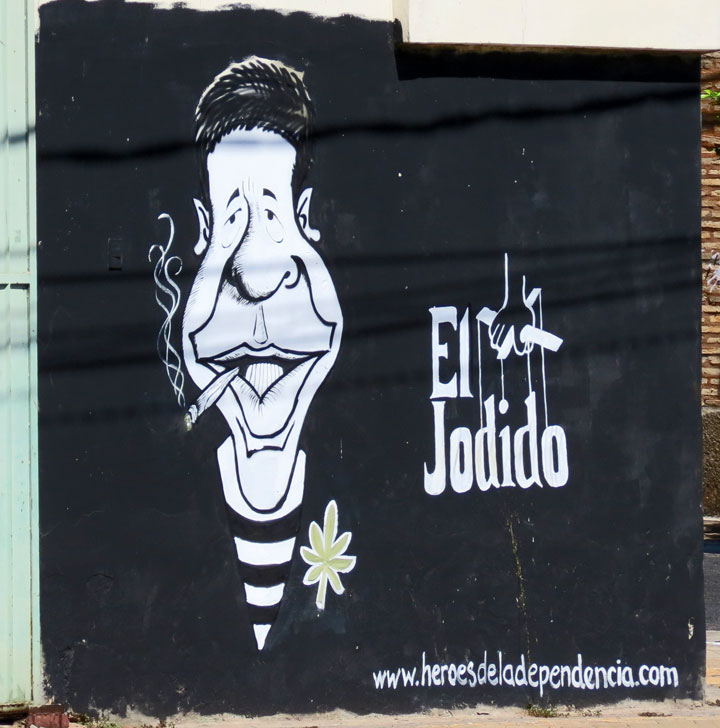
While contending that these results reflected the virtual Colorado monopoly on
the mass media, opposition politicians also saw several encouraging
developments. Some 53% of those polled indicated that there was an "uneasiness"
in Paraguayan society. Furthermore, 74% believed that the political situation
needed changes, including 45% who wanted a substantial or total change. Finally,
31% stated that they planned to abstain from voting in the February elections.
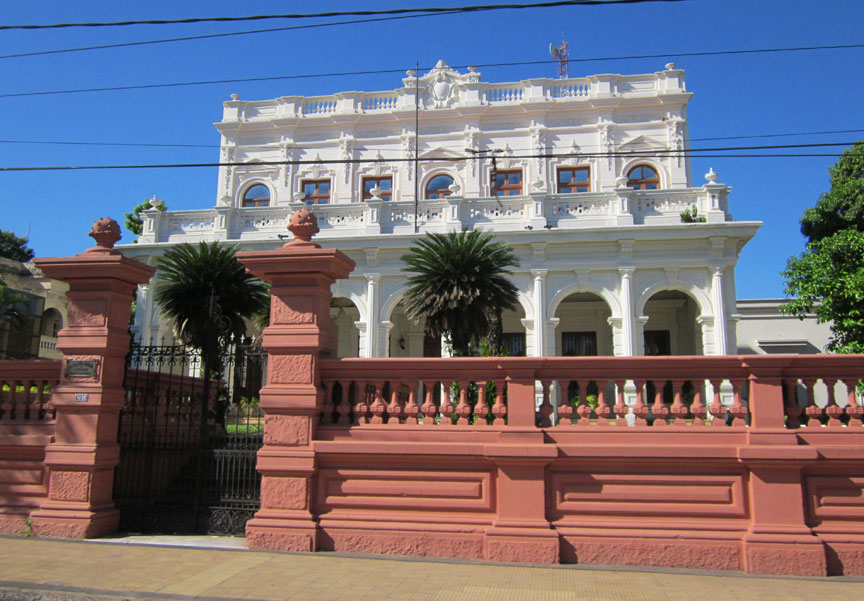
On February 3, 1989, Stroessner was overthrown in a military coup headed by
General Andrés Rodríguez. As president, Rodríguez instituted political, legal,
and economic reforms and initiated a rapprochement with the international
community.
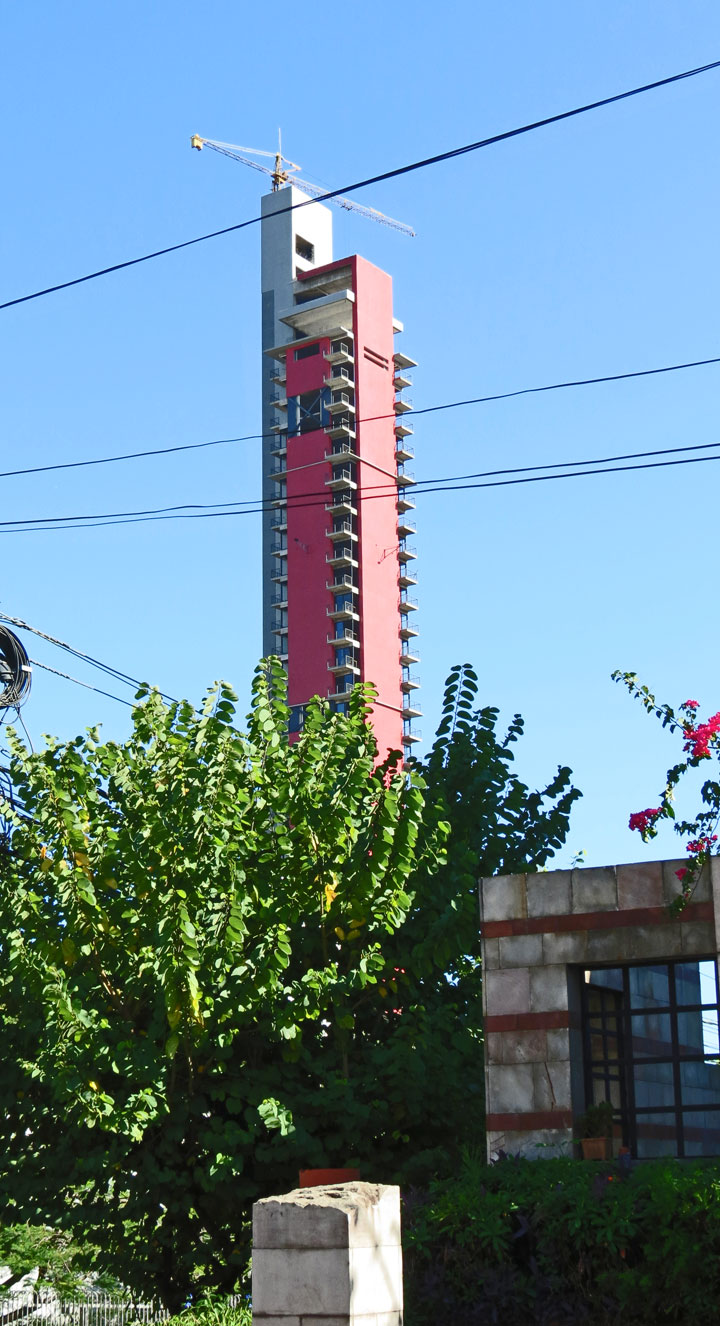
The June 1992 constitution established a democratic system of government and
dramatically improved protection of fundamental rights. In May 1993, Colorado
Party candidate Juan Carlos Wasmosy was elected as Paraguay's first civilian
president in almost 40 years, in what international observers deemed fair and
free elections.
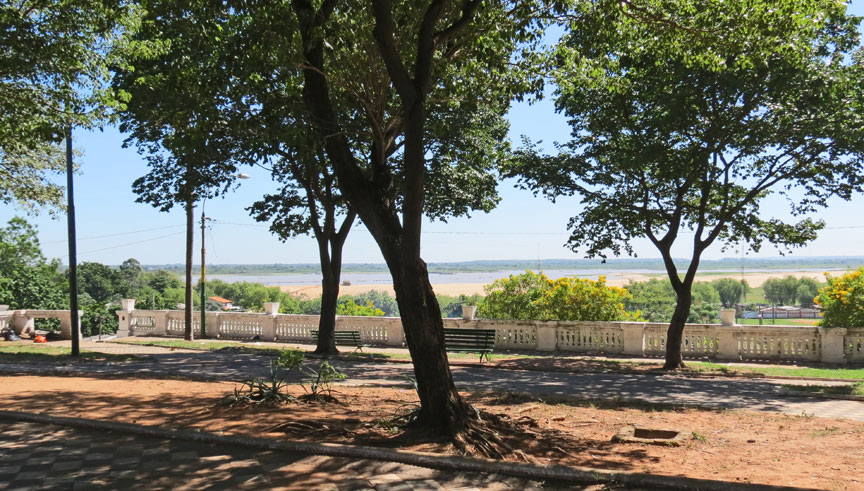
water view in Asunción
With support from the United States, the Organization of American States, and other countries in the region, the Paraguayan people rejected an April 1996 attempt by then Army Chief General Lino Oviedo to oust President Wasmosy, taking an important step to strengthen democracy.
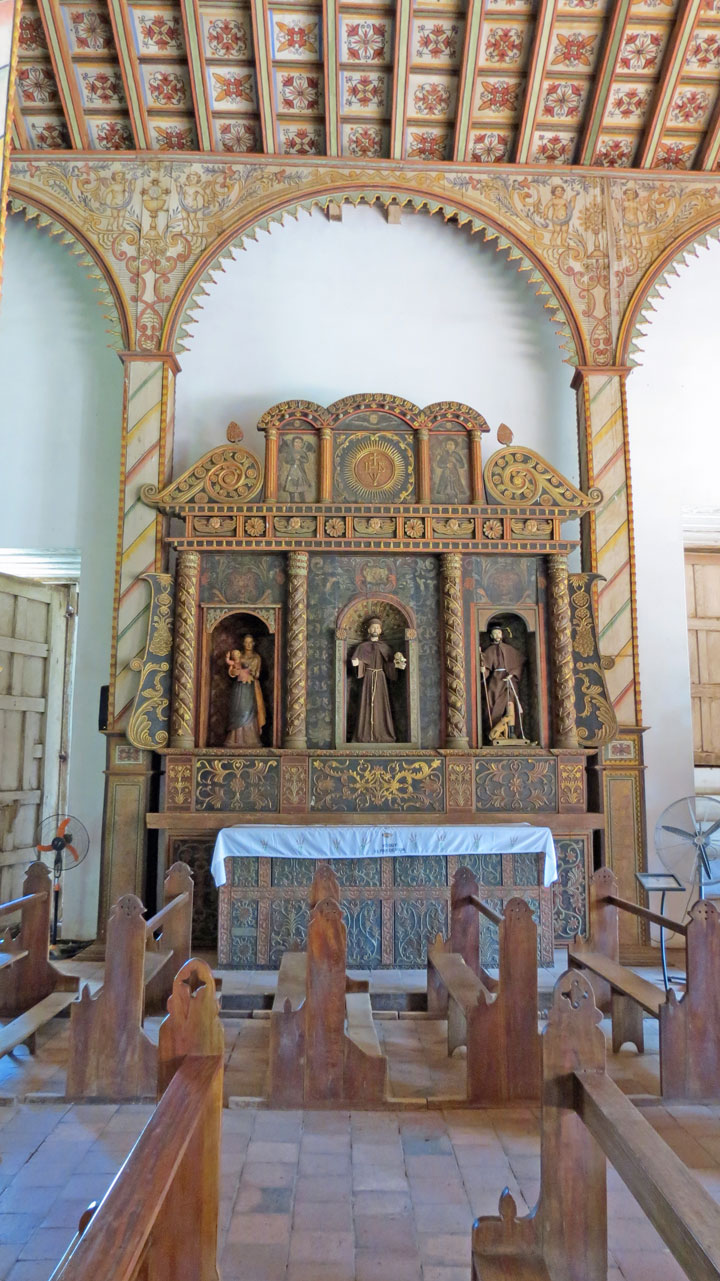
church of Fray Alonso de Buenaventura
More Photos of the church of Fray Alonso de Buenaventura
Oviedo became the Colorado candidate for president in the 1998 election, but when the Supreme Court upheld in April his conviction on charges related to the 1996 coup attempt, he was not allowed to run and remained in confinement. His former running mate, Raúl Cubas, became the Colorado Party's candidate, and was elected in May in elections deemed by international observers to be free and fair. One of Cubas' first acts after taking office in August was to commute Oviedo's sentence and release him from confinement. In December 1998, Paraguay's Supreme Court declared these actions unconstitutional. In this tense atmosphere, the murder of Vice President and long-time Oviedo rival Luis María Argaña on March 23, 1999, led the Chamber of Deputies to impeach Cubas the next day. The March 26 murder of eight student antigovernment demonstrators, widely believed to have been carried out by Oviedo supporters, made it clear that the Senate would vote to remove Cubas on March 29, and Cubas resigned on March 28. Senate President Luis González Macchi, a Cubas opponent, was peacefully sworn in as president the same day.

More Photos of Trinidad Mission
In 2003, Nicanor Duarte Frutos was elected and sworn in as president.
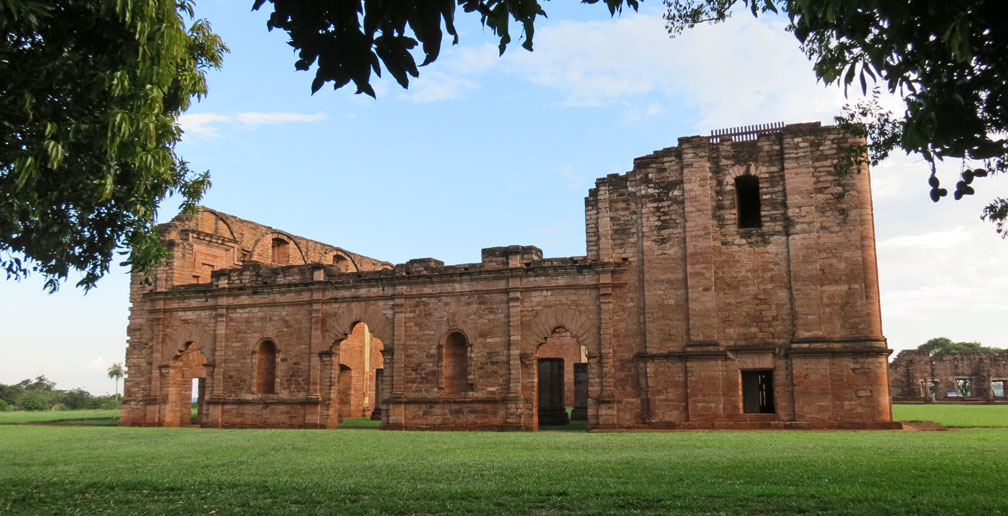
church of Reducción de Jesús
More Photos of the Jesus Mission
For the 2008 general elections, the Colorado Party was once again a favorite. This time, their candidate was not an internal opponent to the President and self-proclaimed reformer, as in the two previous elections, but Minister of Education Blanca Ovelar, the first woman to appear as a candidate for a major party in Paraguayan history. However after sixty years of Colorado rule, voters chose a non-politician, former Roman Catholic Bishop Fernando Lugo. Although he was a longtime follower of the controversial liberation theology he was backed by the center-right Liberal Party, the Colorado Party's traditional opponents.
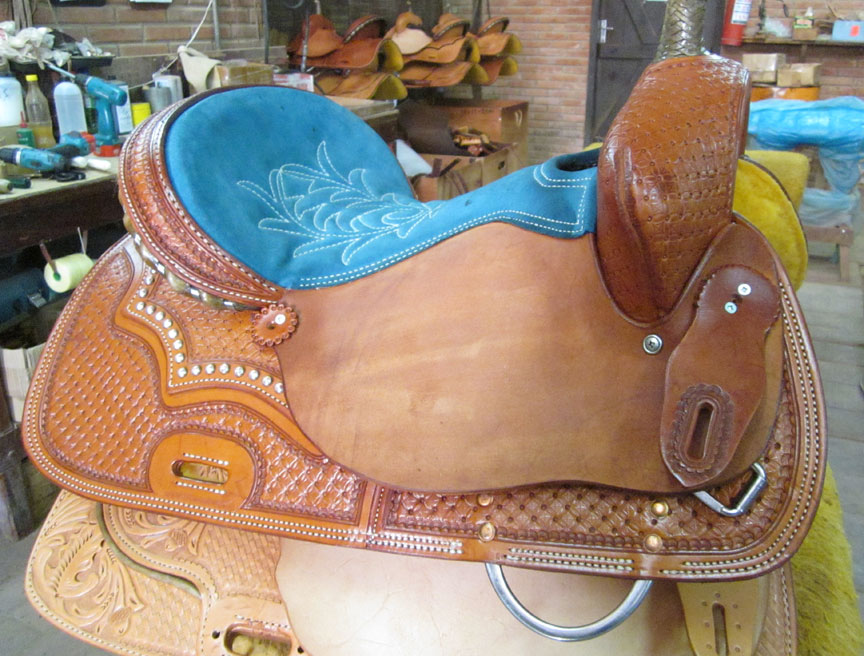
from a Paraguayan saddle factory
Outgoing President Nicanor Duarte Frutos hailed the moment as the first time in the history of this nation that a government had handed power to opposition forces in an orderly and peaceful fashion.
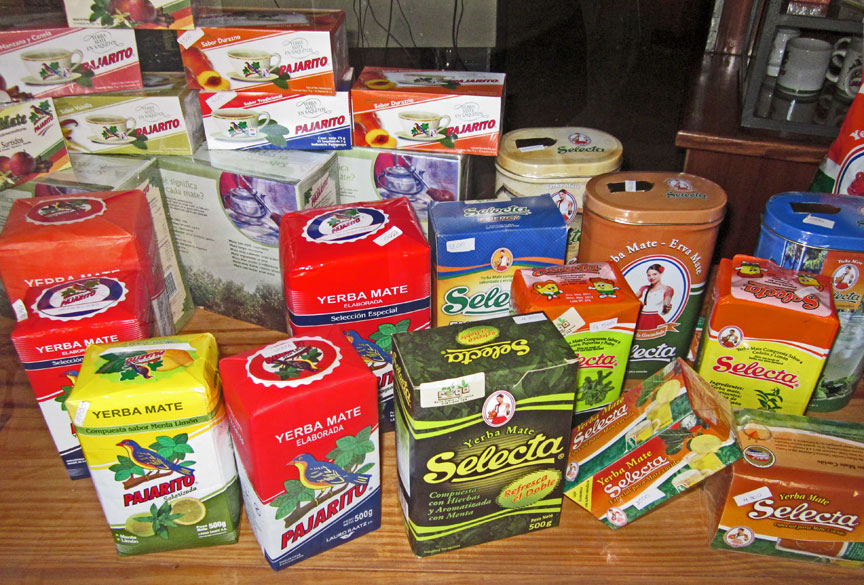
mate supplies
Lugo was sworn in on August 15, 2008, but unlike other South American countries such as Venezuela, Ecuador and Bolivia, Lugo's leftist agenda remains largely unimplemented as the Paraguayan Congress continues to be dominated by right-wing elected officials.
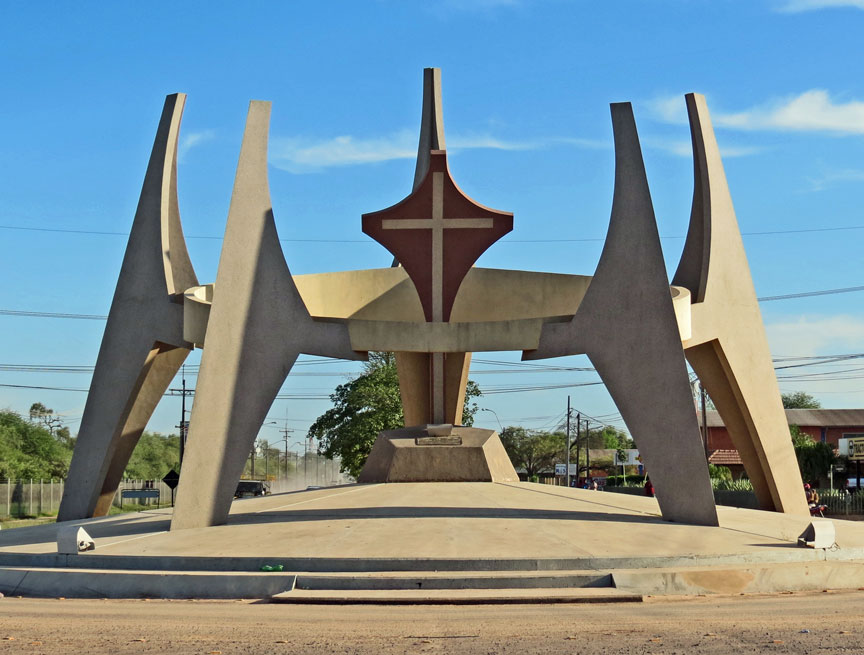
Monument in Filadelphia
Political instability in the past year, fueled by disputes within Fernando Lugo's cabinet, has led the right wing Colorado Party to regain popularity. Reports suggest that the businessman Horacio Cartes is the new political figure amid disputes. Despite the DEA's strong accusations against Cartes involving him in drug trafficking, he continues to amass followers in the political arena.
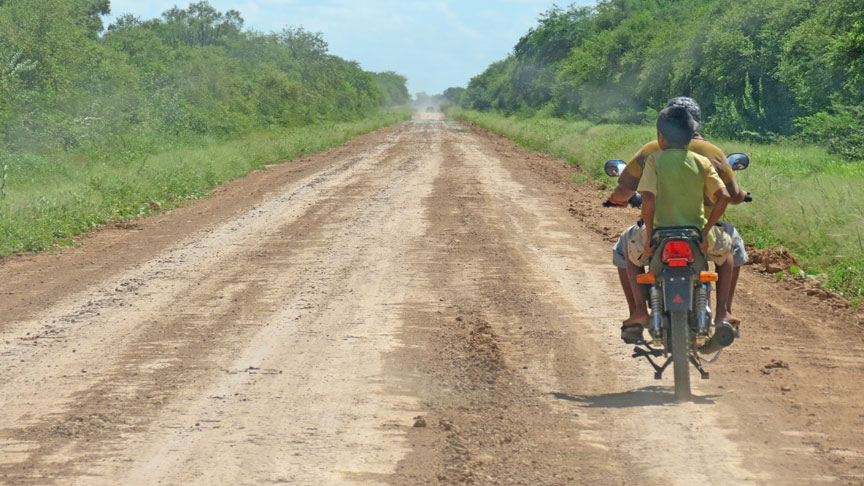
road in Chaco
On January 14, 2011, the Colorado Party convention enabled Horacio Cartes to run as the presidential candidate for the party, even though, as reports suggest, the party's constitution didn't allow it.
Text from Wikipedia